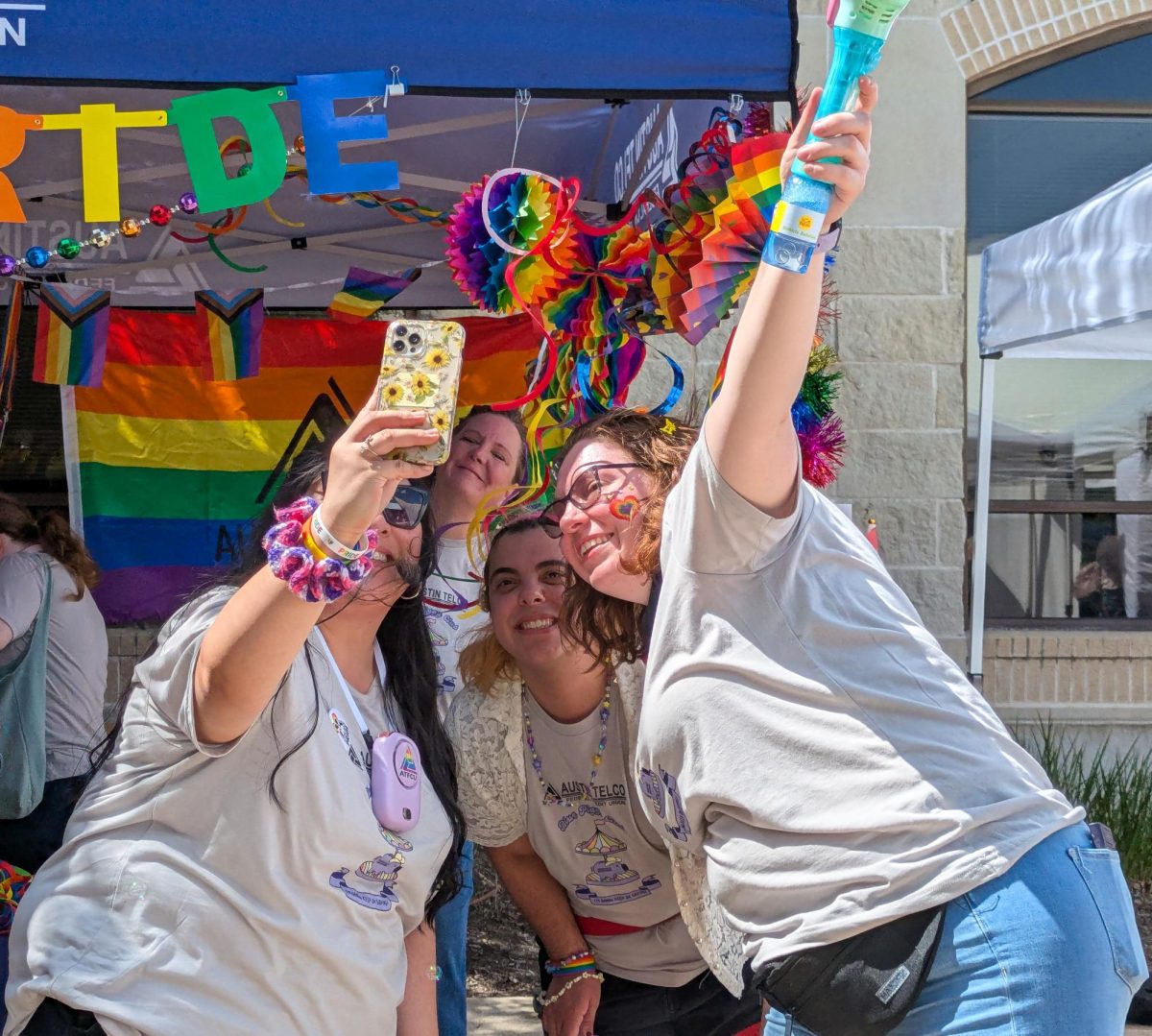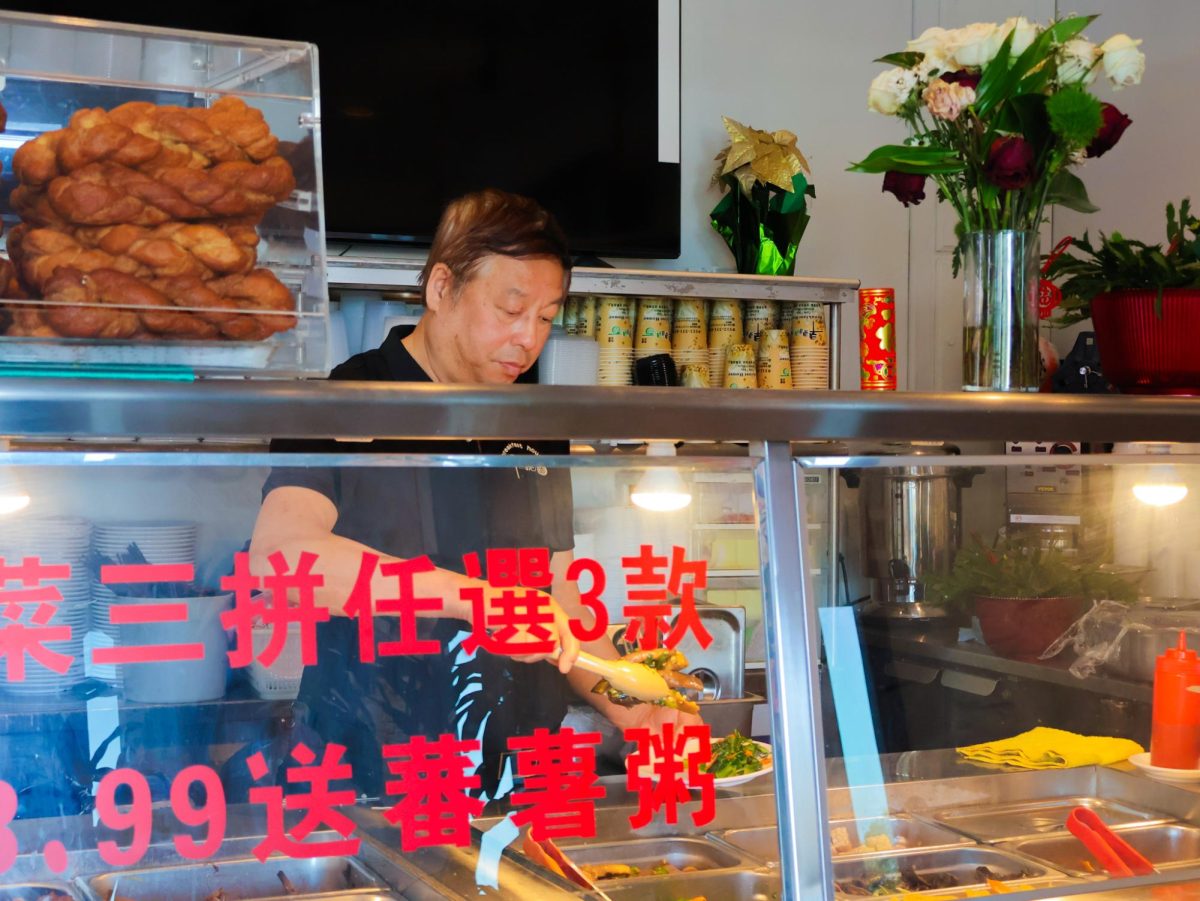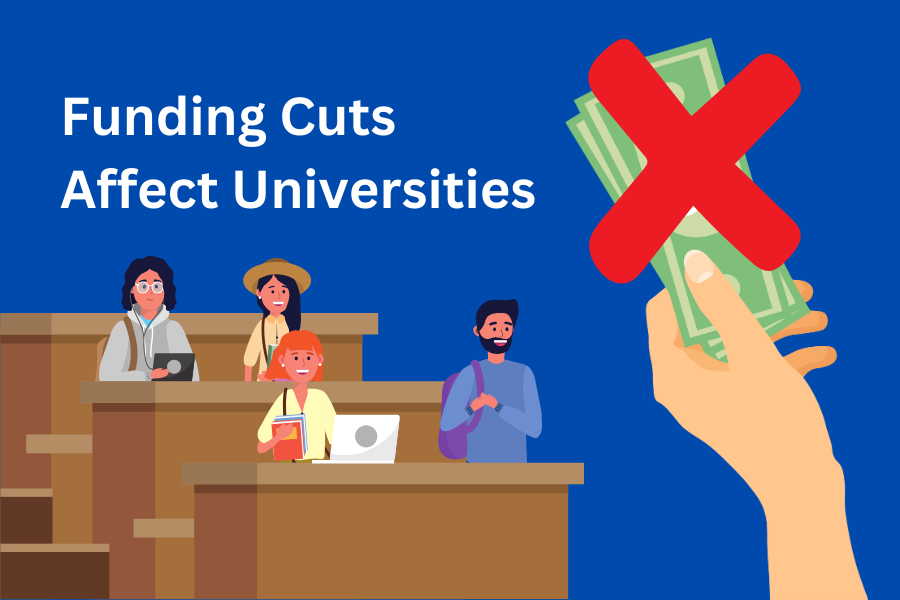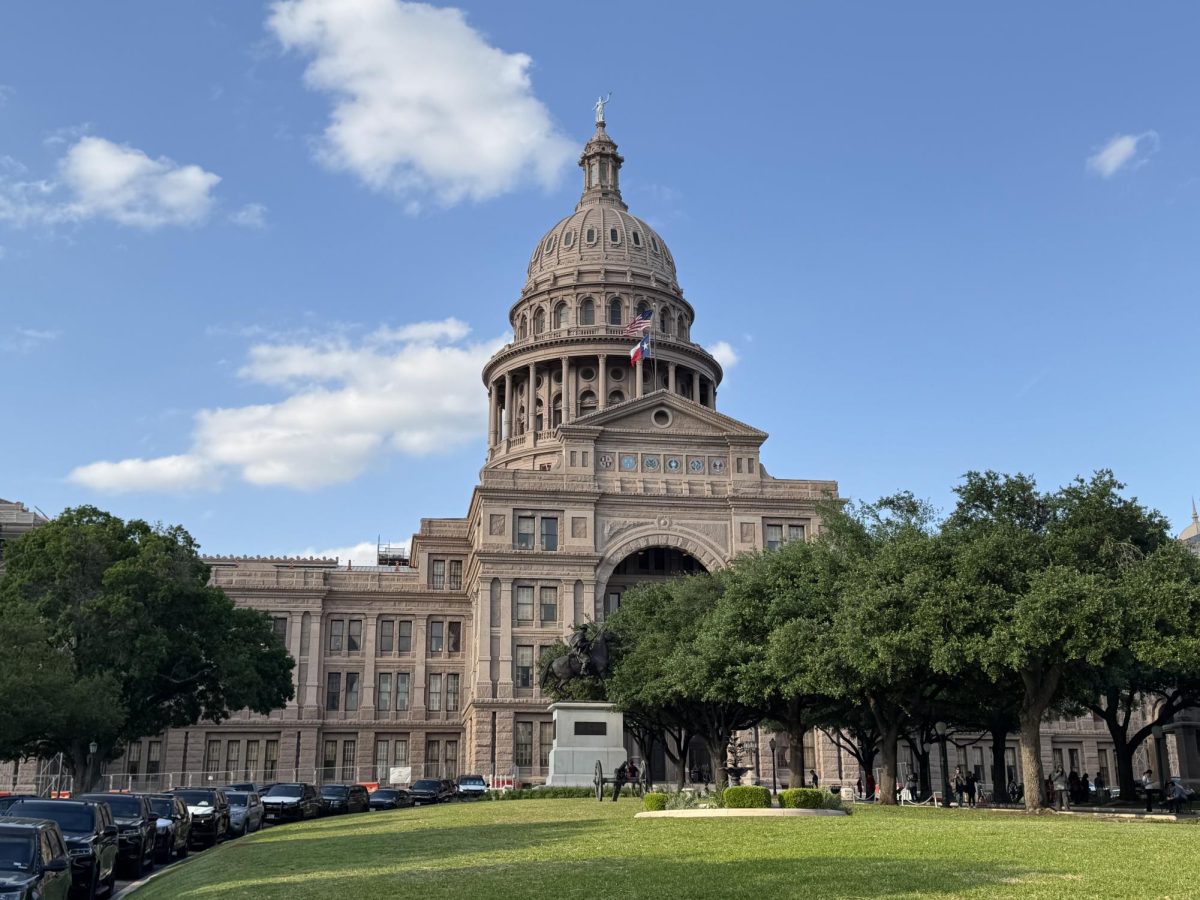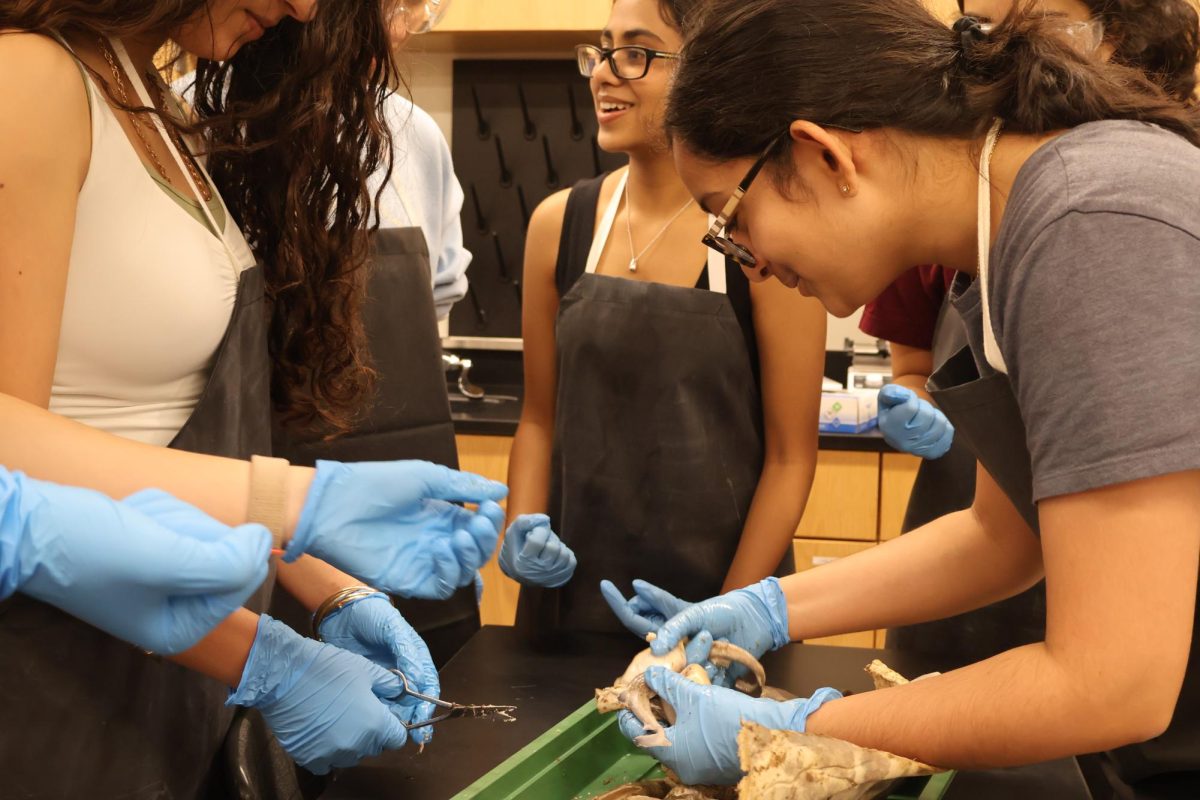Austin. The capital of Texas, live music, and new innovation. The city nicknamed “Silicon Hill” has been rising in population, with individuals across the country traveling to the city. Austin Bergstrom International Airport is reflecting the growth, with a rise in prices, traffic, and people. To many, it seems as if Austin Bergstrom has become an extension of the city’s rising popularity, and has begun to receive diverse criticism from numerous local groups.
“Everything’s just so expensive now,” Elementary School Teaching Aid Ms. Min Su said. “More and more people come to Austin, but [it] means everything [is] more crowded. When I flew last time, the airport felt different than the one I know.”
According to the statistics however, Ms. Su’s opinions regarding the growing size of the airport are not unwarranted. This holiday season 30,000 passengers set foot into the airport each day, the equivalent of 2021’s Super Bowl Attendance. On a broader scale, Austin has seen its passenger base systematically increase, with it serving double the number of passengers it had in 2010, with an annual total of eighteen million individuals passing through AUS this year. As for the cause of such a spike, many community members reflect on the potential factors leading towards this rise, and its implications on their daily commute and lifestyle.
“I think the industrial and technological booms that have happened in Austin are definitely a major cause of the increase in passenger traffic,” Aryan Seghal ‘26 said. “The world is moving to Austin because of more opportunities and lower costs of living, including taxes as well as costs of goods and services.”
The demand for travel through Austin only continued to explode after pandemic restrictions were lifted, with 2022 and 2023 setting record highs of twenty-one million and twenty-two million airport travelers respectively. Moving forward, progress in travel regulations made post-COVID is also a point of consideration for many community members when regarding the spike in travel and domestic movement.
“I have seen a lot of my friends and family traveling more from Austin after the pandemic,” Viraj Gadiya ‘26 said. “While it’s becoming a little more crowded, I believe it’s not necessarily a bad thing. I think there’s a lot more people wearing masks and caring a lot more about sanitation, making there be more and faster travel.”
Excluding the two years during COVID, Bergstrom has constantly increased its passenger base by nearly a million since 2016, with further growth projected on the horizon. The airport has come a long way since its sole transatlantic service to London’s Heathrow Airport in 2014. Austin now sends over 500,000 passengers across the Atlantic to London, Frankfurt, and Amsterdam alone.
“I just went on a direct flight from Austin to California this winter,” Arnav Maskey ‘26 said. “It’s still kind of rare to go on a direct flight to say India or Nepal [from Austin], but I’ve seen more international gates having those [connection] flights whenever I’m walking through the airport.”
It’s not just tourists and Europeans who are coming to Austin in mass numbers, there’s been a huge influx of domestic passengers from major US cities such as Atlanta, Denver, Dallas, Los Angeles, Las Vegas, Phoenix, Chicago, Orlando, New York, and Nashville. As the University of Texas at Austin grows in prestige, many community members hold it responsible for ushering in promising youth across the country to build an Austin with a heavy youth demographic. Also commonly observed by homegrown Austinities, the city has also seen massive growth due to the migration of many Silicon Valley workers fed up with California’s high prices, and are shifting to jobs in Austin’s technological hubs. However, for well-established community members, this influx of individuals with the ability to earn larger paychecks means that they rack up even larger bills and increase cost of living.
“Everyone wants to get a piece of Austin now,” Gadiya said. “All my friends want to go U.T. and a lot of them don’t even live in Texas. It’s just becoming such a good spot for tech and to live, so I don’t find it surprising that our airport is becoming more popular.”
Austin’s cost of living increased by 1.2% in 2024, with the largest spikes in transportation, food, and housing. With an increasing population, it’s no surprise that the median cost of a house in Texas is now over five hundred thousand dollars. This leads to a concerning realization for many local residents: as Austin’s airports fly in richer homebuyers into the city, there’s going to be further gentrification and urban sprawl to accommodate the rise in housing demand.
“Bigger city, bigger problem,” Maskey said. “I remember learning about gentrification and how it was forcing people to move out from their childhood homes back in Human Geography, but to see it play out in real life is, well, both shocking and depressing. The airport is a reflection of that in a way — more expensive tickets which means it pushes out those who used to be able to save up and travel once a year — but can’t anymore.”
The airport’s location also strikes a sour chord with some new Austinites, for while it is far from most neighborhoods preventing severe gentrification, it’s this same distance that draws the ire of others.
“The airport is still not serving enough people,” Former Dallas- Fort Worth Airport Employee Ms. Helen Wang said. “The airports at Dallas-Fort Worth are much easier to access, the [inside of the airport] had a very simple layout, and outside, you didn’t need to go on the toll road or take so many twists and turns to reach it.”
However, the airport wants its customers to know that change is still possible, and evidence is currently set to take action. The airport is committed to creating a new initiative called Journey With AUS, building new arrival and departure halls that will be able to have ticketing, security screening, and baggage claims all under one roof — over twenty gates in total. This investment will help ensure that there’s lower congestion in Austin’s transportation, and the first step to ensuring the new rise of Austinities will be properly accommodated without raising prices for locals.
“The Austin airport still has several features that represent our culture and city’s values. From the large statues of guitars and planes to the extremely diverse food options, the ever growing culture of Austin is represented through our airport,” Seghal said. “Additionally, the signs around the airport, such as ‘Keep Austin Weird’ and ‘Everything’s Bigger in Texas’ promote our culture as a state and city and help us stand out from the rest.”
However, the general consensus of numerous community members is that if Austin wants to keep being what truly makes it Austin, it needs to invest in its infrastructure, invest in keeping the city affordable, and invest in having a proper balance between locals and new residents. Only then can the city, just like Austin-Bergstrom International, soar to new heights.
“Everything just can’t just get better and better,” Ms. Su says. “Austin also needs to stay affordable.”



